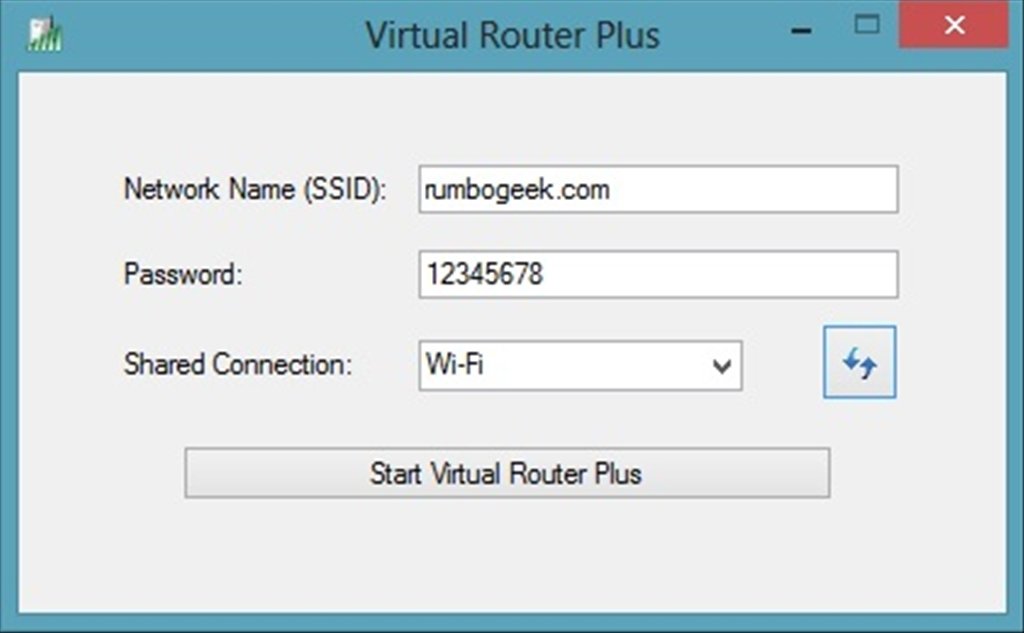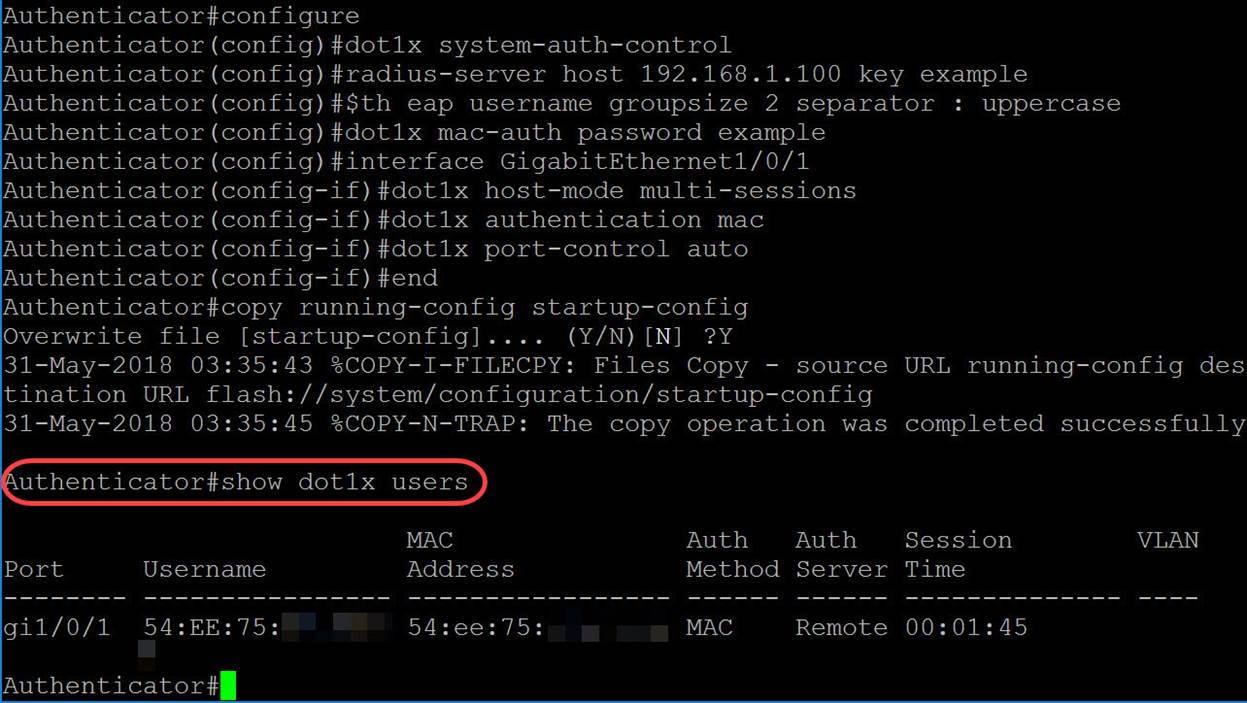How To Use RemoteIoT Behind Router MAC Without Windows
Are you looking to harness the power of RemoteIoT behind your router without relying on Windows? In today's interconnected world, managing IoT devices remotely is no longer a luxury but a necessity. Whether you're a tech enthusiast or a professional, this guide will walk you through the process step by step, ensuring you can control your devices seamlessly from anywhere.
RemoteIoT technology has revolutionized the way we interact with smart devices. However, many users are still unsure about how to set it up, especially when working behind a router or without the need for a Windows-based system. This article will address all your concerns and provide practical solutions to help you get started.
By the end of this guide, you'll have a comprehensive understanding of how to configure and use RemoteIoT efficiently. Let's dive in and explore the possibilities!
Table of Contents
- Introduction to RemoteIoT
- Understanding Router Basics
- What is MAC Address and Its Role?
- Using RemoteIoT Without Windows
- Setup Guide: Configuring RemoteIoT
- Common Issues and Troubleshooting
- Ensuring Security for RemoteIoT
- Tools and Software Recommendations
- Best Practices for Efficient Use
- Conclusion
Introduction to RemoteIoT
In the realm of modern technology, RemoteIoT stands out as a powerful tool that enables users to manage and control Internet of Things (IoT) devices remotely. This capability is particularly useful for individuals and businesses that require constant access to their smart devices, regardless of location.
However, configuring RemoteIoT behind a router can be challenging, especially if you're not familiar with network settings. Additionally, many users prefer operating systems other than Windows, making the process even more complex. This section will provide an overview of RemoteIoT and its significance in today's tech landscape.
Why Use RemoteIoT?
- Enhanced control over IoT devices
- Improved efficiency and productivity
- Scalability for businesses and home users
- Cost-effective solution for remote management
Understanding Router Basics
Routers play a crucial role in connecting devices to the internet and facilitating communication between them. When setting up RemoteIoT, understanding your router's configuration is essential to ensure seamless connectivity.
Key router settings include port forwarding, network address translation (NAT), and firewall configurations. These settings help direct incoming traffic to the correct device and ensure secure communication.
Key Router Features
- Port forwarding: Directs traffic to specific devices
- NAT: Translates private IP addresses to public ones
- Firewall: Protects your network from unauthorized access
What is MAC Address and Its Role?
A Media Access Control (MAC) address is a unique identifier assigned to network interfaces for communication on the physical network segment. In the context of RemoteIoT, the MAC address helps identify devices on your network, ensuring accurate data transmission.
Understanding your device's MAC address is crucial when configuring RemoteIoT behind a router. It allows you to bind specific devices to static IP addresses, enhancing network stability and reliability.
How to Find Your Device's MAC Address
- On Linux: Use the command
ifconfigorip addr - On macOS: Go to System Preferences > Network
- On Android: Navigate to Settings > About Phone > Status
Using RemoteIoT Without Windows
Many users prefer operating systems other than Windows, such as Linux or macOS, for their day-to-day tasks. Fortunately, RemoteIoT can be configured and used effectively on these platforms without any major issues.
This section will guide you through the process of setting up RemoteIoT on non-Windows systems, ensuring you can manage your IoT devices with ease.
Steps to Configure RemoteIoT on Linux
- Install necessary dependencies
- Download and extract RemoteIoT software
- Configure settings using terminal commands
- Test connectivity and functionality
Setup Guide: Configuring RemoteIoT
Now that you have a basic understanding of the requirements, let's delve into the detailed setup process. This guide will walk you through each step, ensuring you can configure RemoteIoT behind your router successfully.
Step 1: Access Your Router Settings
To begin, log in to your router's admin panel using its IP address. Common IP addresses include 192.168.0.1 or 192.168.1.1. Refer to your router's documentation for specific details.
Step 2: Configure Port Forwarding
Port forwarding directs incoming traffic to the correct device on your network. Identify the ports required by RemoteIoT and configure them accordingly.
Step 3: Bind MAC Address to Static IP
Assign a static IP address to your device by binding it to its MAC address. This ensures consistent connectivity and prevents IP conflicts.
Common Issues and Troubleshooting
Even with careful configuration, issues may arise when setting up RemoteIoT behind a router. This section will address common problems and provide solutions to help you overcome them.
Issue 1: Connectivity Problems
If you're unable to connect to your RemoteIoT device, check the following:
- Ensure port forwarding is correctly configured
- Verify static IP assignment
- Restart your router and device
Issue 2: Security Alerts
Firewall settings may block incoming connections. Adjust your router's firewall to allow traffic on the required ports.
Ensuring Security for RemoteIoT
Security is paramount when managing IoT devices remotely. Implementing robust security measures protects your network and devices from potential threats.
Best practices include using strong passwords, enabling encryption, and regularly updating firmware. Additionally, consider using a virtual private network (VPN) for added security.
Security Tips
- Use strong, unique passwords
- Enable WPA3 encryption on your router
- Update firmware regularly
- Monitor network activity for suspicious behavior
Tools and Software Recommendations
To enhance your RemoteIoT experience, consider using the following tools and software:
Recommended Tools
- Network scanning tools: Identify devices on your network
- Port testing software: Verify port configurations
- Encryption utilities: Secure data transmission
Best Practices for Efficient Use
Adopting best practices ensures optimal performance and security when using RemoteIoT. Here are some tips to help you get the most out of your setup:
Optimize Network Performance
- Minimize network congestion by prioritizing traffic
- Use quality-of-service (QoS) settings to allocate bandwidth
- Regularly monitor network performance
Conclusion
In conclusion, using RemoteIoT behind a router without Windows is entirely feasible with the right knowledge and tools. By following the steps outlined in this guide, you can configure and manage your IoT devices effectively, enhancing your overall experience.
We encourage you to share your thoughts and experiences in the comments section below. Additionally, feel free to explore other articles on our site for more valuable insights into the world of technology.
Thank you for reading, and happy configuring!
Data Source: Cisco Networking Academy, IEEE Computer Society, and official RemoteIoT documentation.



Detail Author:
- Name : Dr. Lenny Kulas
- Email : kuhic.patricia@yahoo.com
- Birthdate : 2003-03-08
- Address : 13385 Mackenzie Mill Wardshire, ME 26903
- Phone : +14806702794
- Company : Nader-Shanahan
- Job : Control Valve Installer
- Bio : Aut deserunt sunt temporibus quaerat. Ut ipsam facere ut maxime provident molestias. Dignissimos dolore quo dolorem. Ipsa et in omnis hic animi recusandae.